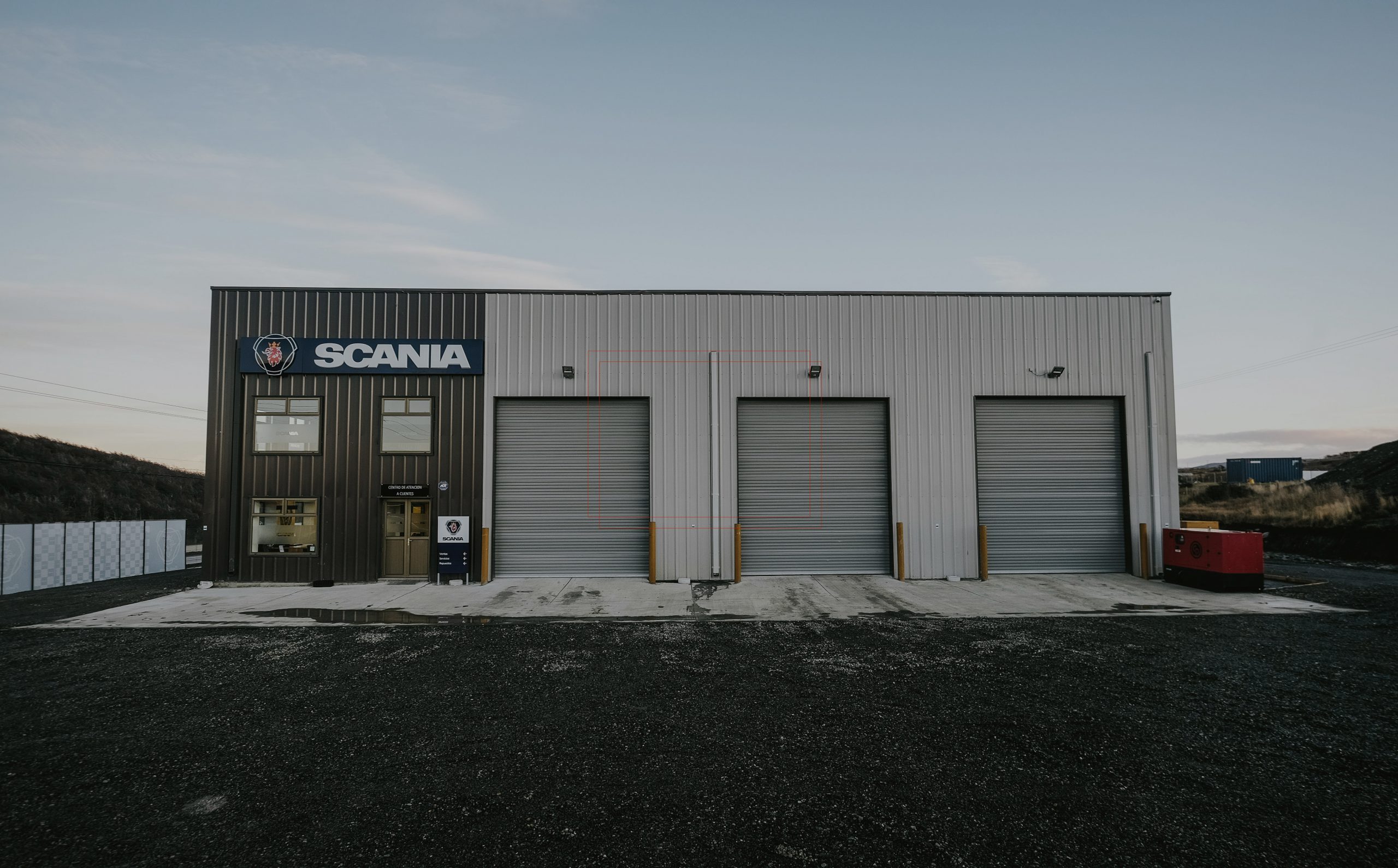It's long, long overdue.
The reason there is so much resistance to that is that every time there is a consolidation, it comes accompanied by a personnel reduction as well.
Back in Toronto, I joined the 7th Toronto Regiment RCA which had just been consolidated from 29th Fd Regt, 42 Medium Regt and 1 Locating Regiment. The three units combined could pretty much fill the parade square at University Armoury but it was demolished in 1963, the land handed over to the City to build a new law complex and the units distributed across the city. The combined regiment was moved to an old three story warehouse on Richmond Street for a few years while they finished building Moss Park Armoury.
Guess what. By the time we moved into Moss Park we could barely field a hundred folks. (a hundred and fifty with the band which was enormous

)
When one amalgamates/consolidates three units one needs to aggregate the authorized positions and provide the core resources to actually house and train that amalgamated unit and not look at the amalgamation as a force reduction and infrastructure reduction opportunity. This is why Reserves 2000 and all those honorary colonels fight so hard to retain units. (plus there's the CO/RSM multiple majors and CSM rice bowl thing too)
Amalgamation is an absolute necessity. No question. The current system is archaic and not fit for purpose.
I'm a big fan of hybrid units where one CO and his command team is responsible for some 600 folks, both RegF and ResF, like 4 AD was. I frankly don't care if there is a QOR reserve company in greens, a 48 Highlanders reserve company in kilts and an RCR regular company in scarlet tunics on parade and if each company resides at different armouries day-to-day. Hell, the battalion can have one honourary colonel and three honourary lieutenant-colonels (one for each company) as long as it gets proper training, proper equipment and a role.





